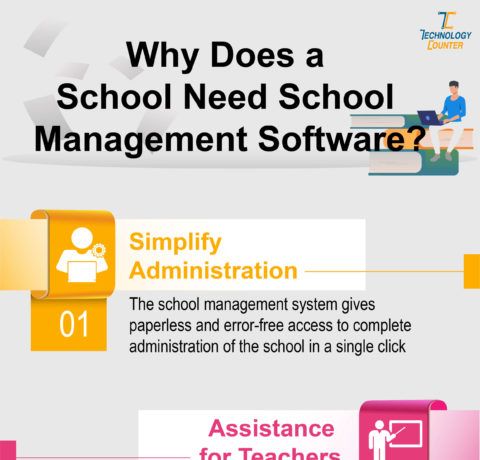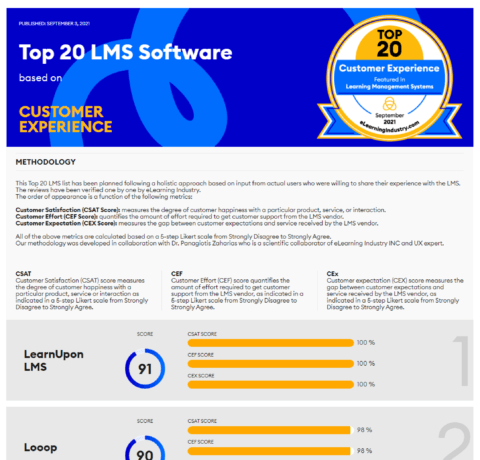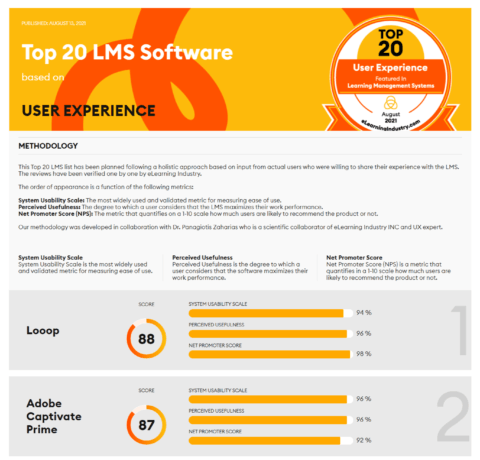Why Augmented Reality Will Transform Education Infographic
Augmented reality has become a field with limitless possibilities. It holds huge promise for improving educational systems across the globe. In the last 2 to 3 years, augmented reality (AR) has grown into a technology that is set to revolutionize numerous sectors, most importantly education. To learn more, check out the Why Augmented Reality Will Transform Education Infographic above created by the New Jersey Institute of Technology’s Online Masters in Computer Science program.
Augmented Versus Virtual Reality
Augmented reality refers to the integration/overlaying of digital content in a user’s environment. The digital content is processed and presented in real-time to make it as indistinguishable from the real environment as possible. Although AR has only become well known in the last decade, Thomas Caudell, a Boeing researcher, used the term for the first time more than two decades ago while explaining how the head-mounted displays worn by electricians assembling complex wiring systems at the time worked.
However, it took several years after the introduction of AR technology by Boeing for other business sectors to adopt and commercialize the technology. In fact, the NFL opened the commercialization floodgates in 1998 when it started using AR technology to show the “first down” line during televised football games. Since then, AR technology has been employed in myriad commercial applications such as heads-up displays mounted on car windshields and eyewear that can project digital content onto a wearer’s field of vision. AR has also found applications in industries including healthcare, energy (oil and gas), tourism, marketing, real estate and public safety.
It is important to note that, unlike virtual reality, AR does not obscure the user’s field of vision because it simply overlays digital content on top of the surrounding environment. A good example is Microsoft’s Hololens, which can overlay complex digital content around your surroundings. As such, AR offers more flexibility and freedom of movement compared to virtual reality. The AR market is expected to grow to $659.98 million by 2018. On the other hand, VR immerses the user in a virtual world that is completely isolated from the surrounding environment. This aspect makes virtual reality the right technology for delivering truly immersive experiences. By 2018, the VR market will be worth $407.51 million with Facebook’s Oculus headgear the clear industry leader.
Leveraging AR Technology in Primary and Secondary Schools
Augmented reality has the potential to revolutionize learning in primary and secondary schools more than any other technology has done in the recent past. The technology has broad mass appeal with surveys showing that consumers value AR products 33% higher than non-AR offerings. With this in mind, AR technology has found its way into classrooms where it is being used in various ways to improve learning experiences.
Firstly, Popar Toys is a mobile app that consists of a collection of interactive books on sea life, animals including dinosaurs, and planets. This is in addition to interactive world maps, solar system, human anatomy charts and even US presidents.
Another tool that educators can use in classrooms is Daqri, which a fully-fledged AR development platform that you can use to build projects that suit your tutoring needs.
Yet another AR tool that you can use in the classroom is Chromville, which you can use to teach art concepts like coloring. The developers of this app have also focused on storytelling and human body parts. Finally, Two Guys and Some iPads are highly respected keynote speakers who dole out anecdotes on ways educators can leverage the power of AR technology inside the classroom.
The Impact of AR in Classrooms
Since AR is a relatively new technology that is still evolving, researchers have not had ample time to study its impact in teaching. Nevertheless, several studies published in the last four years have shown that it enhances learning and classroom interactions, helps students maintain positive attitude to learning, enhances collaboration, and motivates students to do better.
Currently, AR is mostly used in tertiary learning institutions including universities and colleges where it is fast becoming a mainstay in science, arts, and humanities courses. Surprisingly, education, agriculture, as well as health and welfare courses, which should be leaders in the adoption of AR technology, are lagging behind the courses mentioned earlier.
However, this is set to change in the near future due to efforts by programs such as Vocational Education Training (VET), which are exploring innovative ways of integrating AR technology in classroom settings. Unlike current technologies, AR makes it easy for teachers to explain educational content in interesting and exciting ways while providing students with useful information at the same time. Augmented reality also enables students to perform lab experiments safely (without worrying about issues such as accidental chemical spills).
The popularity of the AR game Pokemon Go has also inspired educators to develop innovative teaching content. After its release on July 6, Pokemon Go quickly became a viral hit racking up about 15 million downloads and $1.6 million in revenue during its first week. The ensuing popularity was enough to keep it at the top of Apple’s App Store for weeks. If educators can replicate such virality inside classrooms, they would improve teaching outcomes including visual literacy, problem solving, social learning, and communication significantly.
Despite these benefits, researchers have found that students exposed to AR technology tend to have difficulties maintaining superimposed digital content. Additionally, such students are also prone to paying too much attention to virtual information. Finally, some educators and students think AR is an intrusive technology.
Emerging AR Technology Applications
Students are using an AR app called Aurasma to record themselves defining certain words. Other students can then use the same app to listen to definitions and pronunciations of different words. Students with hearing disabilities can use AR apps to improve their vocabulary. Augmented reality has also been used to develop innovative yearbooks, prepare book reviews, improve safety in laboratories and enhance homework content.
Conclusion
Augmented reality has matured within a few years into a technology that can revolutionize learning experiences and teacher-student interactions inside classrooms. Unlike VR, augmented reality offers unparalleled flexibility because it does not obscure the field of vision of users. Groundbreaking AR products released or shown to the public in the last few years include Google Glass and Microsoft Hololens.
See also:
- Divergent Realities: VR and AR Infographic
- Immerse Yourself in Virtual and Augmented Reality Infographic







You can adjust your cookie preferences here.